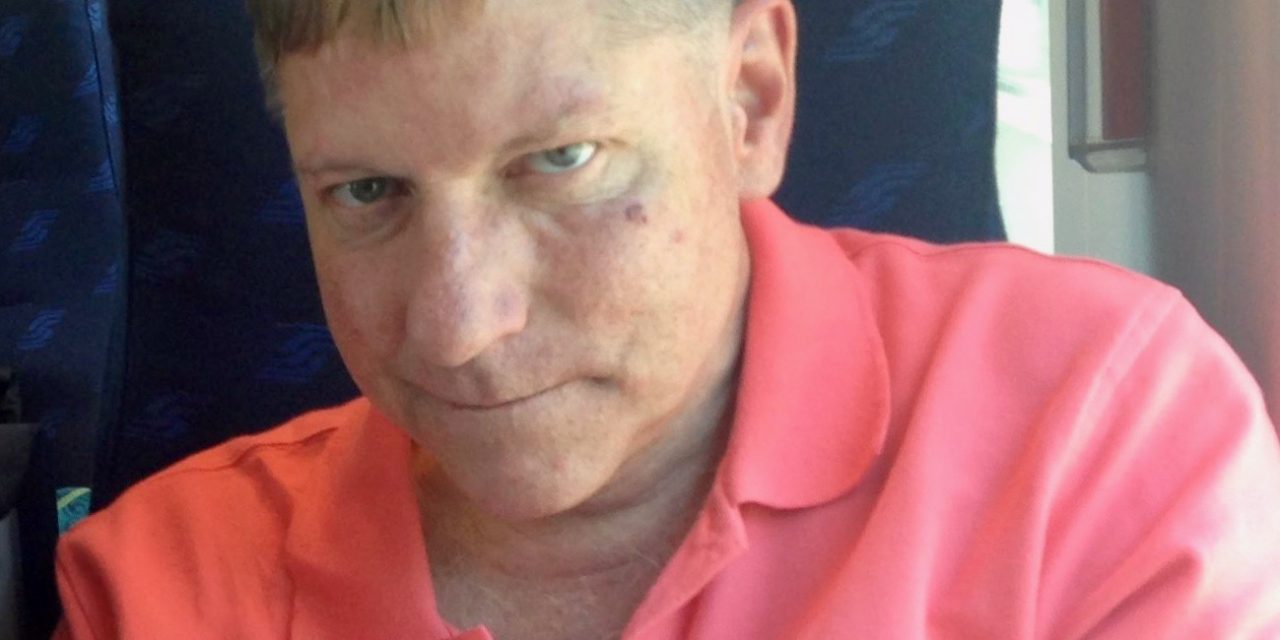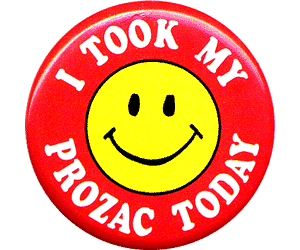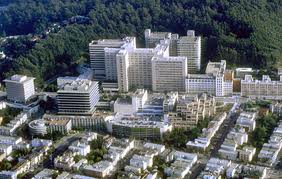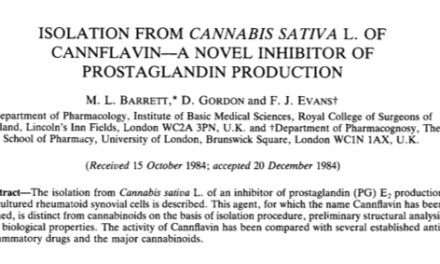William Anthony Devane was raised in Chicago, IL, and moved to St. Louis, MO to attend Graduate school in the Department of Pharmacological and Physiological Sciences at Saint Louis University School of Medicine. He chose to work in Dr. Allyn Howlett’s laboratory at a very exciting time, as the Howlett laboratory had determined that a series of Pfizer Co. cannabinoid analogs – based upon the structure of 11-OH-Tetrahydrocannabinol (THC) – were able to signal via a Gi G-protein and inhibition of adenylyl cyclase mechanism, and therefore behaved as G-protein-coupled receptor agonists. Bill joined the laboratory just at the time that Pfizer provided the substrate for tritiation to [3H]CP55940 and the US National Institutes of Health (NIH) funded the project to develop the radioligand binding assay. Bill enthusiastically took the project forward as his Ph.D. dissertation work and eventually published the seminal paper (Devane et al., 1988) – and in doing so initiated work by myriad laboratories world-wide to characterize localization and function of cannabinoid receptors throughout the brain and body. During his Graduate school years, Bill expanded his interest into Hindu religious literature and thought, which, along with photography, bicycling and hiking, became his life-long activities.
Bill subsequently headed to Jerusalem, to work in Dr. Raphael Mechoulam’s laboratory, where his project was to identify a possible endogenous ligand of the cannabinoid receptor. First, Bill developed a sensitive assay using a known potent cannabinoid agonist, [3H]HU-243 (Devane et al., 1992a) – to check compounds for binding to the receptor. Then Bill and Dr. Lumír Hanuš, a visiting scientist from Brno, undertook the massive effort to find a compound, in extracts of pig brains, that binds to the cannabinoid receptor. After a large number of chromatographic separations Bill and Dr. Hanuš isolated a minute amount of a compound which bound to the receptor. On March 24, 1992, the last isolation was complete, and Bill had dubbed it “anandamide” – “ananda,” the Sanskrit word for bliss.
Anandamide was sent to Professor Roger Pertwee, in Scotland, who showed that pharmacologically it behaved as THC, the plant cannabinoid agonist. High resolution mass spectral analysis by Professor Mandelbaum at the Technion in Haifa and NMR studies in Jerusalem finally led to the elucidation of the structure. Dr. Aviva Breuer synthesized anandamide. Thusly, the major goal of finding the first endogenouscannabinoid was achieved. Bill was a major contributor to this important project (Devane et al., 1992b) – a discovery that opened up vast development of research on the biochemistry and pharmacology of endogenous eicosanoid agonists for cannabinoid receptors.
After his Israeli postdoctoral research, Bill left the Mechoulam laboratory and started research in the USA with Dr. Julius Axlerod’s group at NIH. Bill collaborated with NIH researchers to demonstrate that anandamide could bind to the de-orphanized gene product identified to be the CB1 cannabinoid receptor (Felder et al., 1993), and to characterize the biological functions promoted by anandamide (Crawley et al., 1993; Collin et al., 1995; Mackie et al., 1993). This work led to identification of analogs of anandamide that exhibited binding to either CB1 or CB2 cannabinoid receptors (Priller et al., 1995). Bill’s work with Dr. Axelrod also led to our greater understanding of the function of the enzyme Fatty Acid Amide Hydrolase (Arreaza et al., 1997; Devane and Axelrod, 1994).
After a brief academic job at the University of Wisconsin College of Pharmacy, Bill relocated to Dr. Billy Martin’s Department at Medical College of Virginia, Virginia Commonwealth University, where he continued to explore endogenous ligands for cannabinoid receptors via a K01 award from NIH. Unfortunately, Bill’s health began to falter, and became a considerable impediment to the progression of his scientific research career. Nevertheless, Bill continued to contribute to the cannabinoid field (Howlett et al., 2002).
His Grandfather was Irish, which allowed Bill to obtain an Irish Passport and in 2006 he moved to Galway City on the West Coast of Ireland. Dr. David Finn, Professor of Pharmacology and Therapeutics at the National University of Ireland (NUI), Galway, tells the story of how Bill called him up out of the blue one day that year and asked to meet. Dr. Finn was amazed to learn that Bill was now living in Galway and had expressed a desire to return to science and work at the University. Bill initially got a job with Professor Lokesh Joshi at NUI Galway working in the area of glycoscience, and it wasn’t long before he started to do some collaborative work with Dr. Finn on cannabinoid pharmacology. Subsequently, with the support of NUI Galway, Bill secured a Career Re-Entry Fellowship from the Wellcome Trust in 2011 to work on the compound leelamine. Despite continuing difficulties with his health, Bill managed to generate some very interesting, novel data which were presented at international scientific conferences (Devane et al., 2012; Devane and Finn, 2013; Llorente-Berzal et al., 2017). Bill was regarded in very high esteem at NUI Galway, his very sharp mind and seminal contributions to cannabinoid pharmacology were an inspiration to students and early career researchers.
Bill’s gentle, honest, conversational and inquisitive nature endeared him to many. In 2014, he took early retirement from NUI Galway due to ill health, and continued to live in Galway where he enjoyed life and good friendships, and sang in the choir of The Franciscan Abbey in the city centre.
We all have enjoyed our conversations with Bill over the many years at ICRS and European Cannabinoid meetings. All will miss these invigorating conversations and interchanges with Dr. Devane. Our heartfelt condolences to Bill’s family at this time.
Rest in peace, Bill. We miss you.





